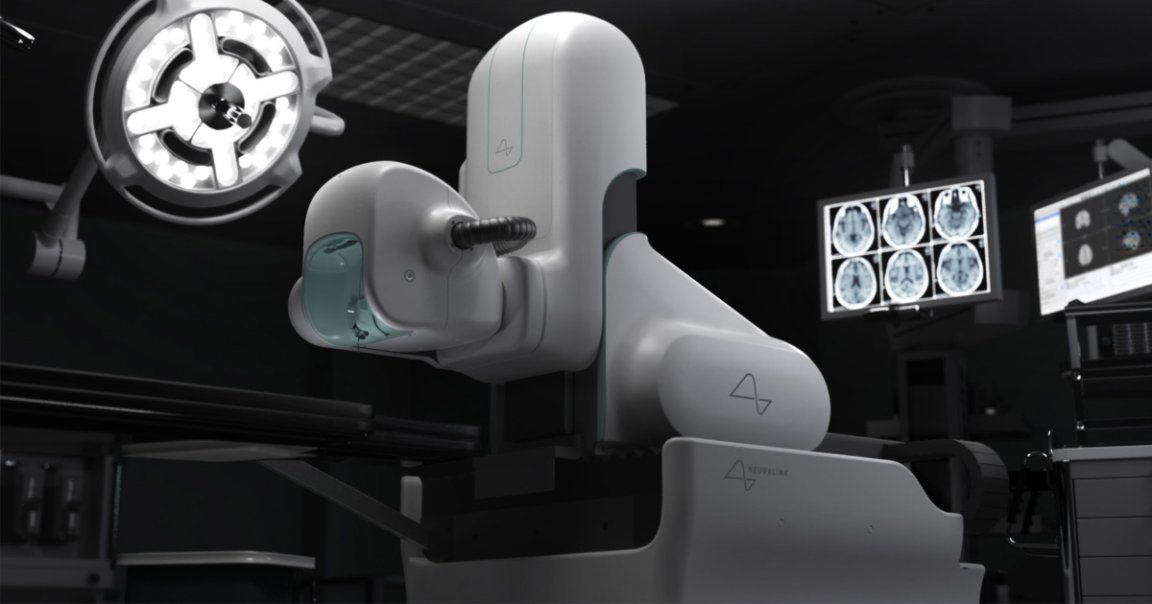
Not Impressed
On August 28, Elon Musk showed off an early version of his secretive startup Neuralink’s brain computer interface. He demonstrated a coin-sized prototype, implanted in a pig’s skull, that’s meant to read and write information from the brain.
Musk called it “kind of like a Fitbit in your skull, with tiny wires” during the event, and said it could solve a number of disorders, from depression to brain damage.
But not everybody was impressed. To many experts, the demo seems to have raised far more questions than it was able to answer.
“Let me give a more specific concern: The device we saw was placed over a single sensorimotor area,” John Krakauer, chief medical and scientific officer at MindMaze and professor of neurology at Johns Hopkins University, told Inverse.
Studded Belt
Krakauer’s logistical concern: could one Neuralink device really give access to the entire brain?
“If we want to read thoughts rather than movements (assuming we knew their neural basis) where do we put it?” he added. “How many will we need? How does one avoid having one’s scalp studded with them? No mention of any of this of course.”
Big Huh
Krakauer wasn’t the only unimpressed neuroscientist.
“In terms of their technology, 1,024 channels is not that impressive these days, but the electronics to relay them wirelessly is state-of-the-art, and the robotic implantation is nice,” Andrew Jackson, professor of neural interfaces at Newcastle University said in a Science Media Center statement.
“The biggest challenge is what you do with all this brain data,” Jackson added. “The demonstrations were actually quite underwhelming in this regard, and didn’t show anything that hasn’t been done before.”
READ MORE: Neuralink: 3 neuroscientists react to Elon Musk’s brain chip reveal [Inverse]
More on Neuralink: PETA Is Really Upset With Elon Musk For Testing Neuralink on Pigs